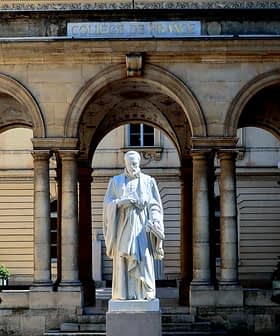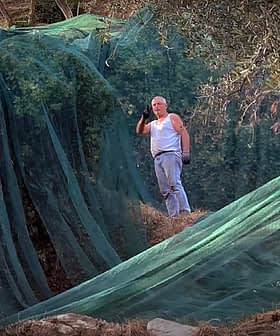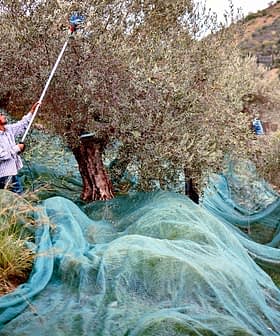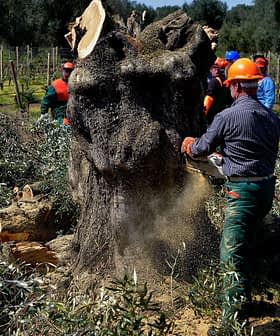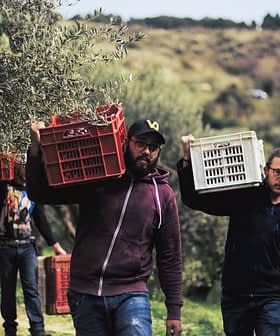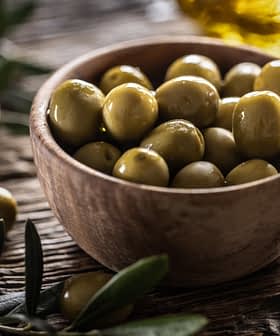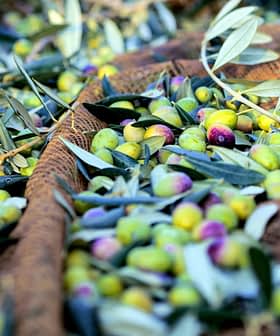Over 200,000 Olive Branches Donated for Palm Sunday Mass

Over 200,000 olive branches were donated for Palm Sunday Mass in St. Peter’s Square, with half coming from the Castel di Guido estate and the other half from Città dell’Olio associations of Lazio, as part of the Jubilee year celebration. The donations were accompanied by prayers for peace in Gaza and Ukraine, with the olive branches symbolizing peace and harmony, according to Città dell’Olio’s national association.
As part of the Jubilee year celebration, more than 200,000 olive branches were donated for Palm Sunday Mass in St. Peter’s Square in Rome, more than double the number donated last year by the Città dell’Olio (Cities of Oil) of Sardinia.
One hundred thousand branches from the Castel di Guido estate were donated by the municipality of Rome, and another 100,000 by the 46 Città dell’Olio associations of Lazio. In addition, 150 olive branches were gifted to the cardinals.
“We have taken up this challenge with great pride,” said Alfredo D’Antimi, coordinator of the Città dell’Olio in Lazio. “Many olive growers have joined the initiative. Donating their olive branches for such an important day of prayer represents a great emotion for them and a great honor for us.”
See Also:Olive Oil Production Revived in The Former Papal StatesCardinal Leonardo Sandri presided over the Palm Sunday mass, with Pope Francis appearing to greet pilgrims afterwards.
Although palm leaves are now most commonly associated with the holiday, olive branches have played an essential role since ancient times. According to the Bible, “the children of the Hebrews, bearing branches of olive, went out to meet the Lord, crying out and saying: Hosanna in the highest.”
The liturgy contains many references to olive trees and the branches carried by the clergy and worshipers.
As laid out in the missal, the priest relates the history and symbolism, saying, for example, “on this day the multitude, taught by a heavenly illumination, went forth to meet their Redeemer, and strewed branches of palm and olive at His feet. The branches of palms, therefore, signify His triumphs over the prince of death, and the branches of olive proclaim the coming of a spiritual unction.”
He also calls upon God numerous times to bless the branches, again referring to their symbolism, before they are distributed among the clergy present.
“Let Thy manifold mercy descend upon us, and let these branches of palm or olive trees be blessed… likewise these branches of palm and olive, which Thy servants receive faithfully in honor of Thy name.”
“O God, who, by an olive branch, didst command the dove to proclaim peace to the world: sanctify, we beseech Thee, by a heavenly benediction, these branches of olive and other trees. Bless, we beseech Thee, O Lord, these branches of palm or olive.”
In addition to the branches carried during the Palm Sunday celebrations, large olive trees were placed near the statues of Saint Peter and Saint Paul, at the foot of the tabernacle and the obelisk, where they remain as an integral part of the square’s adornment for the remainder of Holy Week.
As in previous years, the donations are accompanied by statements on the importance of peace and specific prayers for peace in Gaza and Ukraine.
“The homage of the Città dell’Olio… also brings with it this year the request for a definitive and lasting peace in Gaza and the Ukraine and a message of closeness to the populations who are victims of all the wars in the world,” Città dell’Olio’s national association said in an official release.
“The olive tree teaches us to live in harmony because it is a symbol of peace,” said Michele Sonnessa, the association’s president. “But peace can only be built together. War leaves no escape for anyone; it only sows death and poverty.”
“On the contrary, civilization sprouts in peace,” he added. “There is no peace without dialogue and mutual recognition, no alliance without the common good. The states of the world must take on this concrete commitment immediately. If they do not do so, history will judge them.”
